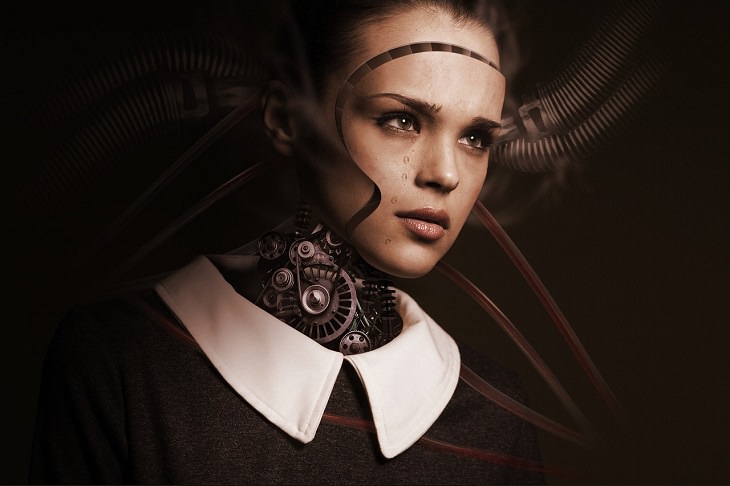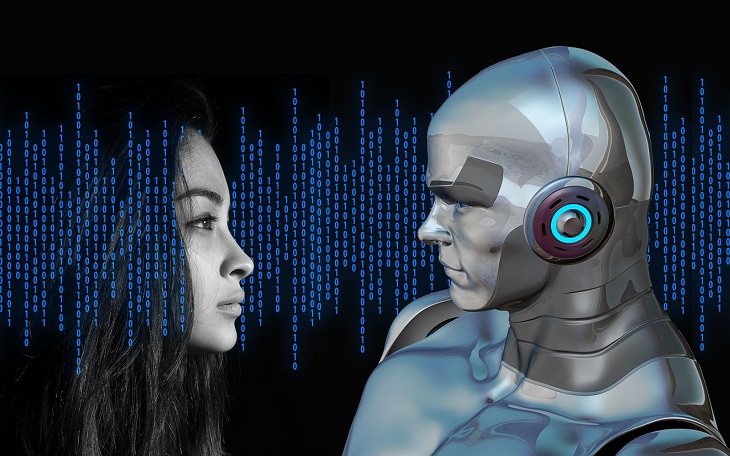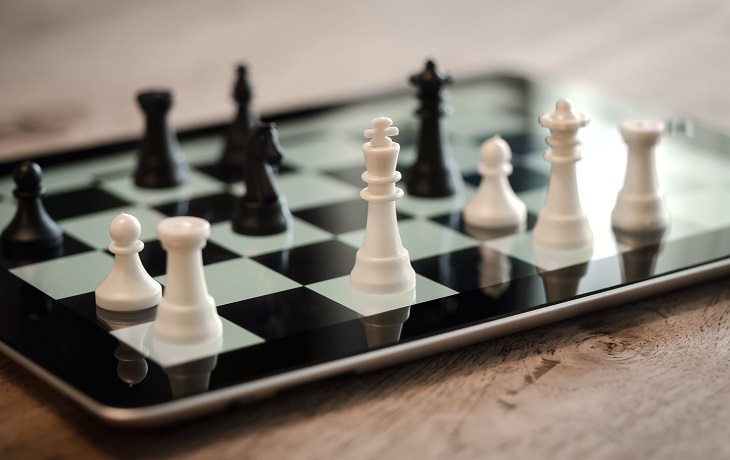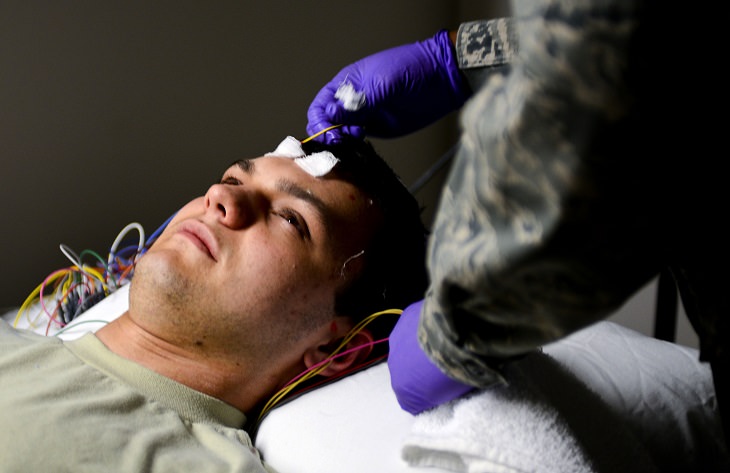
In recent years, we’ve been exposed to increasing amounts of headlines about the possibility of machines becoming more intelligent than human beings, and even wresting control over the planet from us entirely. These threatening predictions, which may or may not yet come true, are the result of significant developments in the computer science field called artificial intelligence (also known as AI).
The field was born out of the aspiration to produce machines that could replicate the actions of human beings with the scope of replacing them, thus negating the need for manual labor. This has led to many jobs that previously required a human being to do them being lost to automation forever. It is necessary, however, to make a clear distinction between automation and artificial intelligence. While a machine is only imbued with the level of intelligence required to undertake a given task or tasks (think of a robot working on an assembly line in a car factory), the notion of artificial intelligence pertains to how close in intelligence machines are (and can become) when compared to human beings. Let's take a closer look at how artificial intelligence is changing the world almost beyond recognition:

The most basic definition of artificial intelligence, as defined by one of its fathers, Professor Marvin Minsky, is "the science of making machines do things that would require intelligence if done by men."
The test, named after computer scientist Alan Turing, was developed in 1950 as a standard tool to help experts decide whether a computerized machine has artificial intelligence. The way the test works is by having a human evaluator judge natural language conversations between a human and a machine. To do this, the evaluator converses with a few participants (both human and machine) without knowing who he is speaking to. The conversation is held through computer keyboard and screen. It the evaluator can’t differentiate between the human and the machine, then the machine is said to have artificial intelligence.
Since Turing invented the test and it has been imprinted into the basis of the field, many experts have tried cracking the method to make a machine that is able to fool the person sitting on the other side enough times to pass the exam - but no one was successful. However, in 2014 a chatterbot called "Eugene Goostman," which simulates a 13-year-old Russian boy who English is not his native language, managed to convince 33% of a contests judges that it was human. The software was crowned by its developers as the first to pass the Turing test, although some critics express doubts about this assertion and the integrity of Eugene's achievements.
In view of the technological advances of recent years, one must also ask whether the capabilities of ongoing conversation and speech are the only things that indicate the development of intelligence. Are there no other measures that computerized machines can be tested on for them to be considered intelligent? Well, more than 20 years ago, it became clear that there are several other areas in which a computer could compare to human beings, and even transcend them...

In the course of the history of artificial intelligence development, some machines and programs have demonstrated extraordinary abilities and surpassed the person sitting opposite them, demonstrating that their developers have created a certain level of intelligence. The most famous case is the computer "Deep Blue", built by the engineers of IBM and succeeded, already in 1997, to win a round of six chess games against the current world champion, Garry Kasparov.
Another proof of computer intelligence was made a decade later in 2007 when a program called Chinook was found to be capable of never losing to any human being in checkers. Three years later, in 2011, another computer system from IBM called Watson managed to beat a number of contestants in a game of Jeopardy and answered more questions correctly than human competitors that had already previously won the game show.

By now we’ve realized that robots and computerized machines with artificial intelligence are able to have an intelligent conversation to some degree or another with humans and to beat us in brain games of sorts - but if that’s where it ends, then what is all the fuss surrounding artificial intelligence? Well, obviously it doesn’t stop here, and today this industry has conquered much higher and more impressive peaks, with giant companies such as Google and Facebook already making far-reaching uses of it. Here are four fascinating examples of how artificial intelligence is going, in the near future, to enter our lives and change them from one extreme to the other:
This idea sounds like a futuristic dream, but it is just around the corner: new software developed by Japanese researchers knows how to "read" details we think about, and illustrate them precisely through drawing and painting. How can that be, you ask? The answer is very simple: artificial intelligence. The software developers were able to get it to learn how the brain works and how the human mind works through three subjects who were connected to a computer while they were viewing images of different objects.
The program learned to recognize the activity in the minds of the experimenters as they watched images of ducks, iguanas, bats, and more - when they only thought about the same images, without actually seeing them, the machine could actually sketch the things that came to mind! This discovery may have far-reaching ramifications, such as a future situation in which such software can be connected to people who sleep and will be able to paint their dreams to help them remember, decipher and understand all the thoughts that arise in their heads during sleep.

Programming is one of the most sought-after occupations in today's labor market, but over time it turns out that the same software, technology, and computer personnel, some of whom are responsible for the development of artificial intelligence systems, may be replaced in the future by their work. A perfect example of this can be seen in the development of Google, which recently announced that a computer system based on artificial intelligence developed by it, was able to create itself another software, or software subsidiary, which can identify people and objects in pictures and do it better than programs developed by humans.
If this is the case, and artificial intelligence systems can meet human needs and generate better solutions than those created by humans, one can even imagine a situation where our future home computer will have artificial intelligence software that will solve all of our problems. It will not do so by itself and by the fact that it was designed for this role, but by creating other artificial intelligence software that will do it for us. Seems like fiction? Human identification systems were considered outrageous as well a few years ago, and look where we are now.
It is reasonable to assume that in a relatively short time, artificial intelligence robots will be able to take care of the elderly and care for them in their homes so that they will not be left to feel lonely and isolated. This message comes from an Israeli company called Intuition Robotics, which developed an innovative robot called ElliQ with artificial intelligence, which aims to provide company, conversation, a connection to the outside world, and an insight into current technology for the elderly who live on their own.
This robot can quickly learn the interests, habits, preferences, and hobbies of its owner, and have an intelligent conversation about each subject, or remind them of simple things like taking medication, talking to grandchildren or simply taking a short walk outside. In addition, the robot will easily connect the elderly to the world, through current technologies that are often avoided by many adults. For example, the elderly's grandchildren can send him pictures via Facebook, and the robot will display them on a screen and even talk to their owner about them.

It is not only in the field of analytic thinking and problem solving that artificial intelligence has a great deal to offer, but also in more physical areas - such as movement, running, and performing physical tasks that no one can survive. The Atlas robot, for example, developed by the US robotics company Boston Dynamics, is the embodiment of this vision. Its role in the future will be to assist in search and rescue operations, such as closing valves, opening doors, and operating equipment in situations where human rescuers can’t survive. The software that functions as the brain of this robot uses smart sensors that allow it to learn to imitate human movement, to properly balance the robot's hands and feet, to avoid obstacles, to evaluate distances, to navigate rocky terrain and to manipulate various objects even when in motion. Gary Bradski, an expert in artificial intelligence, even declared after seeing Atlas, "a new species, Robo sapiens, are emerging.”
How fast is this ambitious project going? In early 2013, when the project was still in its infancy, one of those in charge was quoted as saying that "a one-year-old boy can hardly walk and falls many times ... that's where we are now." It's only been five years since then, and with the next video released by Boston Dynamics only recently, you can see the tremendous progress made and the wide variety of movements that Atlas can do today - those that only an experienced stuntman would succeed in doing: